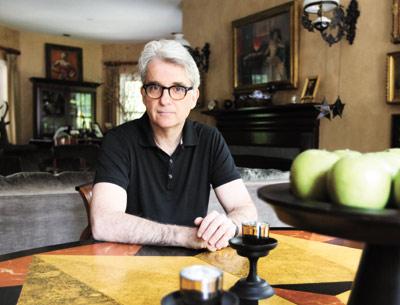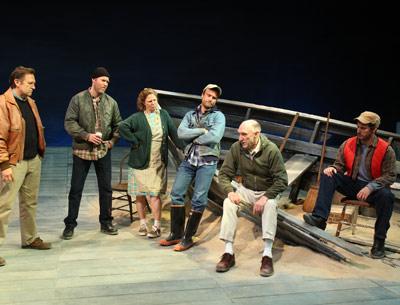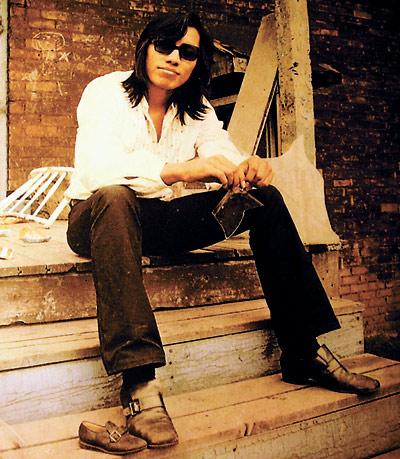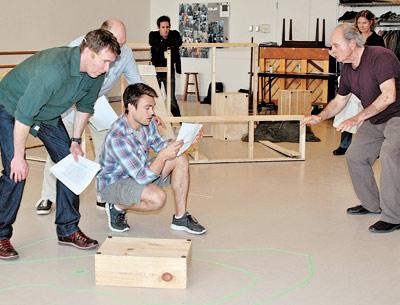Opinion: Donald Sultan at Drawing Room
Opinion: Donald Sultan at Drawing Room

In its first exhibition of a single artist in its new space, the Drawing Room will present a selection of drawings by Donald Sultan, with one new painting, the diminutive “Hanging Lanterns,” at its epicenter.
Tucked away in a space between rooms, the painting invites a rare intimacy with Sultan’s industrial materials. For all its physical strength, his plywood, vinyl, and tar rendering of Chinese lantern flowers reveals Sultan as an abstract artist with the romantic spirit of a naturalist.
A painter, sculptor, and printmaker, Donald Sultan has been critically embraced since his first solo show in Manhattan in 1977. With compatriots such as Elizabeth Murray and Robert Moskowitz, among others, he confronted what he understood as a crisis in painting. He was not the first to use industrial materials, but he was the first to employ his particular materials in the rendering of fragile natural subjects, pushing the still-life tradition firmly into the 21st century.
Sultan doesn’t paint, exactly. On grids of linoleum, he carves his subjects out of applied layers of tar, filling those silhouettes with tinted (or not) spackle, and blowtorches the surrounding surface into rough, black, negative space. His monumental florals and fruits are at once abstract and representational, as well as imposing, weighty, often erotic, and sensual.
Which is to say: Sultan’s work is as much about shape as it is subject matter. The belching smoke in his early industrial landscapes inspired poppy and tulip shapes, which begat fruits, notably lemons, which were exalted in his 1988 MoMA show, “Black Lemons.”
The Drawing Room exhibition feels something like a map to some of those developments. The drawings are roughly divided in two thematic galleries. The back gallery takes on color and shape. The front gallery, which includes several early works, focuses more closely on the artist’s preoccupation with negative and positive space. “Black Roses” (1988) and “Black Lemon” (1989), in densely wrought charcoal, spill out onto the paper.
Later works, such as “Oranges on Branches July 30 2000,” “Oranges on Branches January 15 2002,” and “Flocked Oranges on Branches January 22 2002,” bore down into the surface with lush, velvety-flocked spheres, defying two-dimensionality. A “Mimosa” series trades dark for light in spheres that hover, merge, and occasionally play against subtle coloring.
Vast red poppies, bleeding off the paper’s edge, have become Sultan iconography. Three poppy drawings are included in the Drawing Room’s show, as is a 2007 “Wall Flower” series of 13 drawings in gouache, 12 of which are hung to great advantage in the natural light of a rear gallery. Sultan’s nominal wisteria, fritillaria, bluebells, and coreopsis look charmed — not real, but more like something out of a fairy tale.
An avid gardener himself, Sultan romances their shapes. Arranged in free-floating patterns, these are flowers on a mission. Turn away and look back again; you would not be surprised to find that they had hijacked the paper on which they were drawn. The show is on view through July 30.





